Hello, Cate Blanchett fans! We have a great week!
Cate Blanchett’s episode on Hot Ones is out now and you can watch Cate eat spicy chicken wings while she talks about TÁR and her career. The day Cate did the Hot Ones interview is also the day she visited the Criterion closet with Todd Field earlier this month while they are doing press tour in New York. You may also remember that blue blazer she wore during radio interview with WNYC that same day.
Now that TÁR is out everywhere in the US, more interviews are being released and you can watch or read them below.
Documentary Now’s Two Hairdressers in Bagglyport has already aired on IFC and you can stream it on AMC+.
Documentary Now!

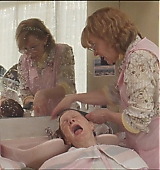
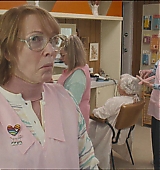

Criterion Closet Picks
Cate and Todd Field stopped by the Criterion’s office while they were in New York for the premiere of TÁR at New York Film Festival.
Closet picks:
- Dheepan
- In Cold Blood
- Devil in a Blue Dress
- Wooden Crosses
- The Ascent
- Tootsie
- The Cranes are Flying
- My Winnipeg
- Letter Never Sent
- Summer with Monika
- Ingmar Bergman’s Cinema
- Essential Fellini
- Häxan
- A Man Escaped
- A Master Builder
- My Dinner with Andre

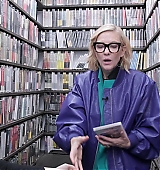



TÁR
How Cate Blanchett Trained to Conduct an Orchestra Like a Maestro
Like so many people during the pandemic, Cate Blanchett used the time to nurture some new skills. She took piano lessons. She picked up some German. She learned how to conduct a top-tier symphony orchestra in Mahler’s Symphony No. 5.
The two-time Oscar winner developed these chops for her performance in the new film “Tár,” which has the actress in virtually every scene. It’s a portrait of the fictional Lydia Tár, a highflying orchestra leader whose hubris and manipulative ways lead to career meltdown. The conductor’s need for control, over everything from her bespoke suits to the secrets around her entanglement with a former protégé, is central to the film’s examination of power.
That’s what Ms. Blanchett wants audiences to ponder—not how much prep work the lead actress did to seem natural when playing her piano parts in the film.
“It’s a little bit like spinning plates, isn’t it?” Ms. Blanchett said of the various skills she practiced for the role, including some stunt driving. “You spin two plates, so you think, ‘I’m going to see if I can spin three. Let me spin four! Oh, my God, there’s seven!’ And as soon as you think, ‘I’ve got seven plates in the air,’ they all crash.”
“So you just can’t count plates, and hopefully the audience doesn’t count them either.”
When movie stars go to school for a role (training as a cowboy, dancer, boxer), or transform their bodies (packing on muscle, adding or shedding pounds), or disappear themselves in method acting, it draws attention because it helps explain the trick they’re attempting to pull off on camera.
“Tár” is a tantalizing example: an elite acting talent taking on a rarefied slice of the classical music world. The preparations Ms. Blanchett and her collaborators did behind the scenes mirrored aspects of the story, which involves the painstaking work of creation and rehearsal.
“It’s a process film,” Ms. Blanchett said.
She began her own preparation with the basics. She studied video recordings of master classes led by Ilya Musin, a Russian conductor more influential as a teacher than on the podium.
She rehearsed the fundamental hand gestures for keeping time in Zoom sessions with friend and conductor Natalie Murray Beale. She developed more expressive movements: borrowing from her own experience as a stage actor and from choreography, such as a Mikhail Baryshnikov piece that highlighted his hands. She practiced “wherever I was. In the bathroom, on a train, in this room,” she said during a video interview from her home office.
Ms. Blanchett’s character is the first woman ever to helm a major orchestra in Berlin. It includes Tár’s wife, the concertmaster (played by Nina Hoss) and a new Russian cellist (Sophie Kauer) whom the conductor appears to be grooming. As Tár prepares to launch a memoir and chips away at a new composition on a piano, she’s also preparing the orchestra for a recording of Mahler’s Fifth Symphony.
The live recording represents a crowning moment in a career as calculated as the portrait photo she plans for the album cover. The symbolism of the music suggests otherwise. The Fifth, created after a near-death experience for the Austrian composer and conductor in 1901, opens with a funeral march.
Ms. Blanchett wields a baton in only a handful of scenes in “Tár.” Instead of showing the conductor presiding over her orchestra in concert, Mr. Field used rehearsal scenes to get inside the power dynamics between maestro and musicians.
The real-life Dresden Philharmonic stood in for Tár’s Berlin orchestra in the film. Members of the Dresden ensemble were cast to play musicians involved in Tár’s workplace politics.
“I was lucky in that everyone was outside their comfort zone. The musicians had to act and I had to conduct, and in the middle we met,” Ms. Blanchett said.
Instead of using dramatic camera swoops to match the majesty of the Fifth, Mr. Field shot the rehearsals at floor level, in the ranks of the musicians. Tár controls them with sweeping arms and a squeezing hand. She chastises and coaxes them with phrases in German and lines such as, “It’s got to be like one person singing their heart out.”
“It’s like a sex scene in a way. What is the purpose or the psychology behind it?” Ms. Blanchett said. “I wanted to progress the narrative through those scenes, rather than, ‘Here I do a bit of conducting.’”
Ms. Blanchett’s piano-playing (dormant since her youth in Australia) served a similar purpose. In a scene where Tár leads a conducting seminar at Juilliard, she flays a student (played by Zethphan Smith-Gneist) who rejects Bach as a misogynist symbol of the white-European-male hegemony.
To make a point Tár squeezes next to him at a piano and plays the first prelude from Bach’s “The Well-Tempered Clavier.” The piece is a staple for piano students, but Ms. Blanchett plays it in shifting styles while delivering a monologue, with references to the Peanuts character Schroeder, Glenn Gould and the “humility” of Bach’s compositions.
The movie’s soundtrack is a concept album. It features recordings of Ms. Guðnadóttir’s music sketches and Ms. Blanchett’s rehearsal scenes in character. The album was released by Deutsche Grammophon, the same classical record label that Tár is gearing up to record for in the film.
The technical demands behind the role “gave me a sense of the stakes, of what a musician stands to lose when their instrument is taken away. It also gave me a real way into [Tár’s] rhythm and her inner life, and her compulsion to escape into the music,” Ms. Blanchett said, before trying to steer the interview elsewhere.
“I just want people to fall into the film, not how much homework I did.”
Full article on The Wall Street Journal
Two-time Oscar winner Cate Blanchett is back in the Best Actress conversation for her performance as a powerful orchestra conductor in 'TÁR' pic.twitter.com/897MyJpo6v
— CNN (@CNN) October 26, 2022








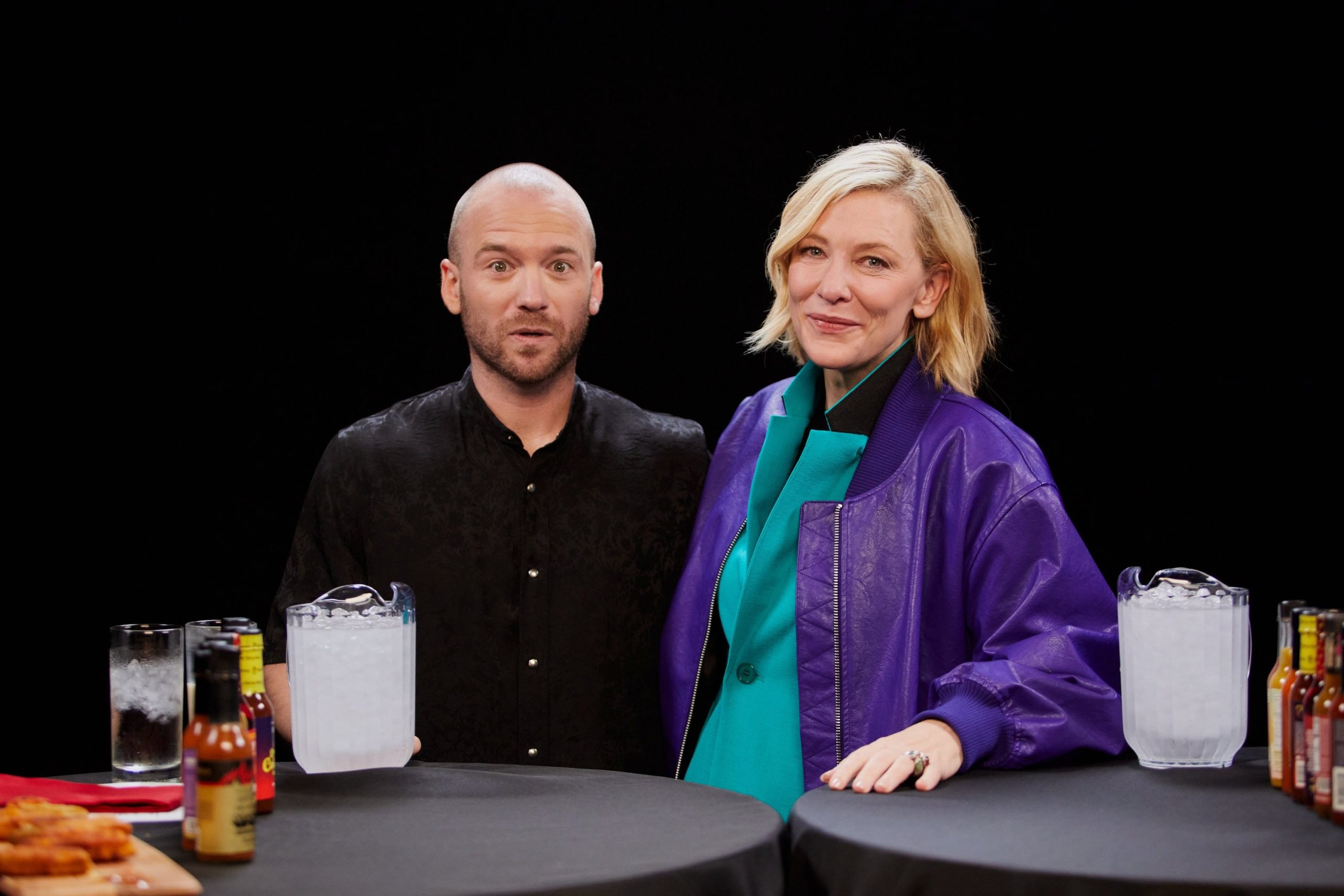


 Welcome to Cate Blanchett Fan, your prime resource for all things Cate Blanchett. Here you'll find all the latest news, pictures and information. You may know the Academy Award Winner from movies such as Elizabeth, Blue Jasmine, Carol, The Aviator, Lord of The Rings, Thor: Ragnarok, among many others. We hope you enjoy your stay and have fun!
Welcome to Cate Blanchett Fan, your prime resource for all things Cate Blanchett. Here you'll find all the latest news, pictures and information. You may know the Academy Award Winner from movies such as Elizabeth, Blue Jasmine, Carol, The Aviator, Lord of The Rings, Thor: Ragnarok, among many others. We hope you enjoy your stay and have fun! 




 A Manual for Cleaning Women (202?)
A Manual for Cleaning Women (202?) The Seagull (2025)
The Seagull (2025)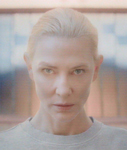 Bozo Over Roses (2025)
Bozo Over Roses (2025) Black Bag (2025)
Black Bag (2025)  Father Mother Brother Sister (2025)
Father Mother Brother Sister (2025)  Disclaimer (2024)
Disclaimer (2024) 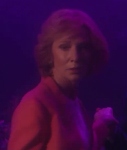 Rumours (2024)
Rumours (2024) 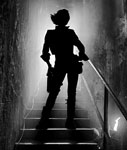 Borderlands (2024)
Borderlands (2024)  The New Boy (2023)
The New Boy (2023) 











